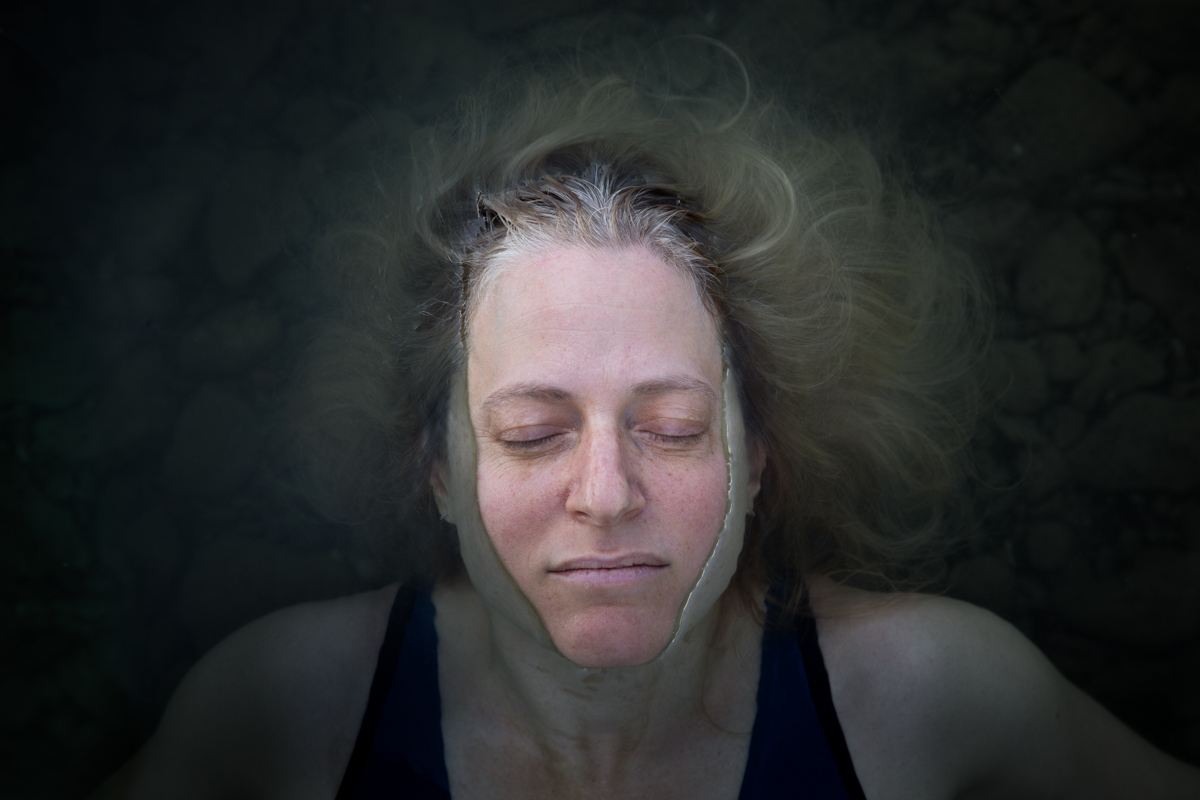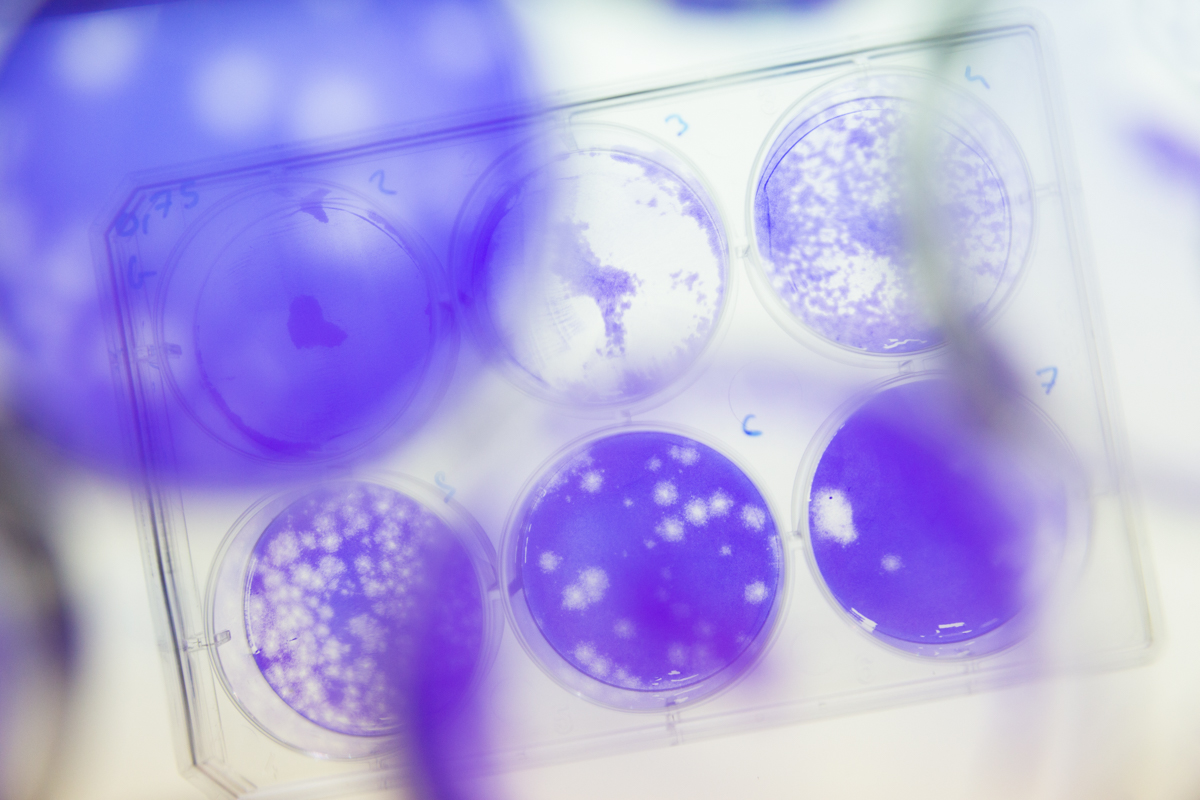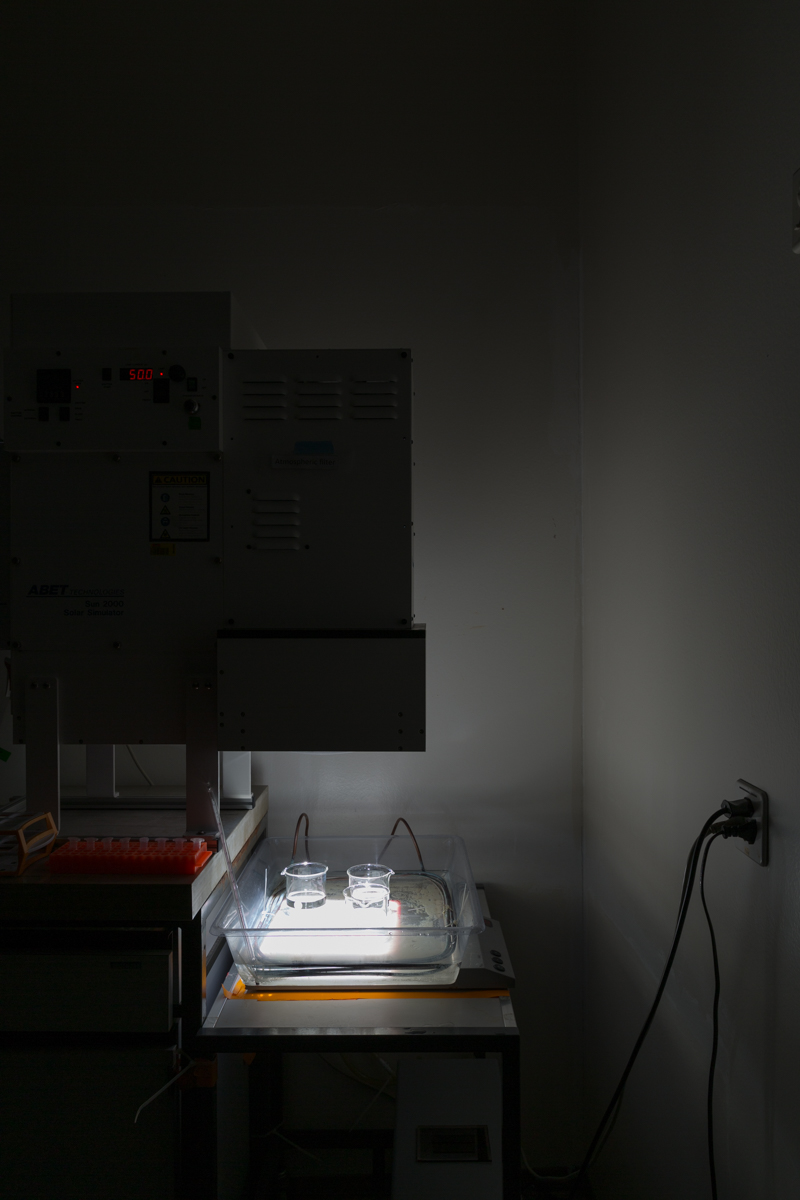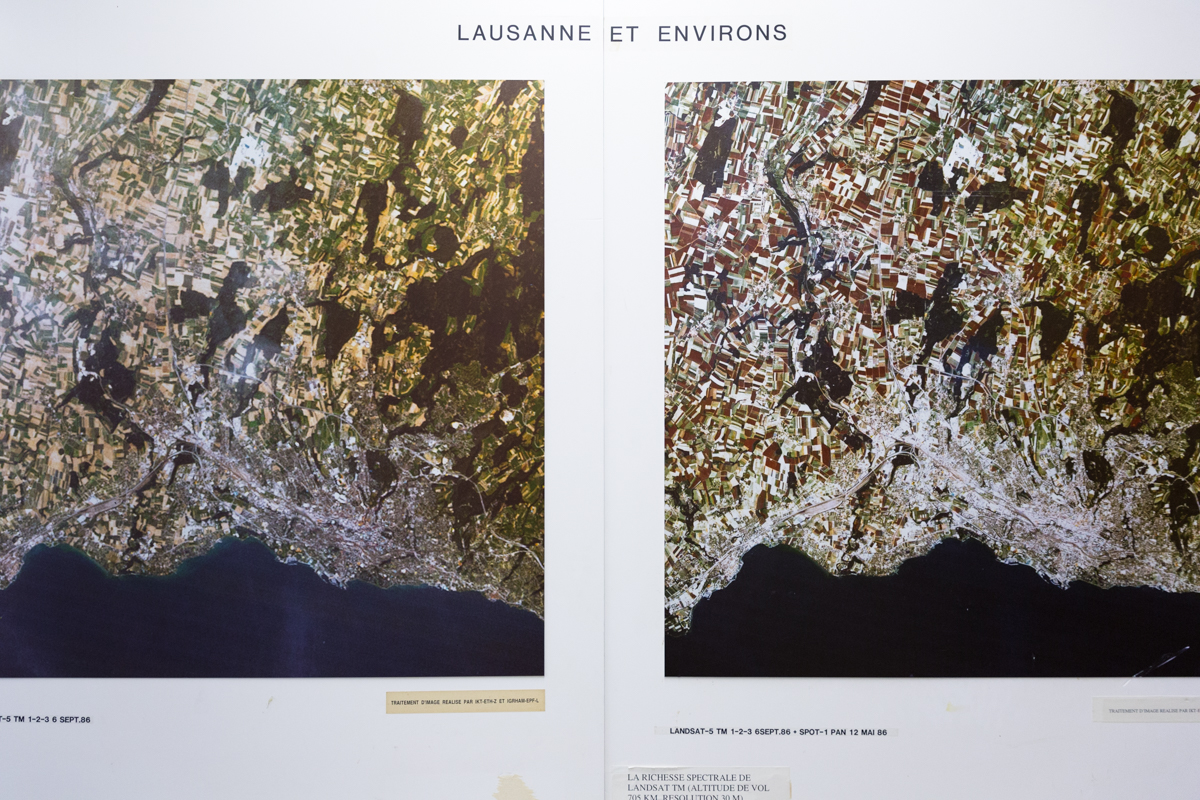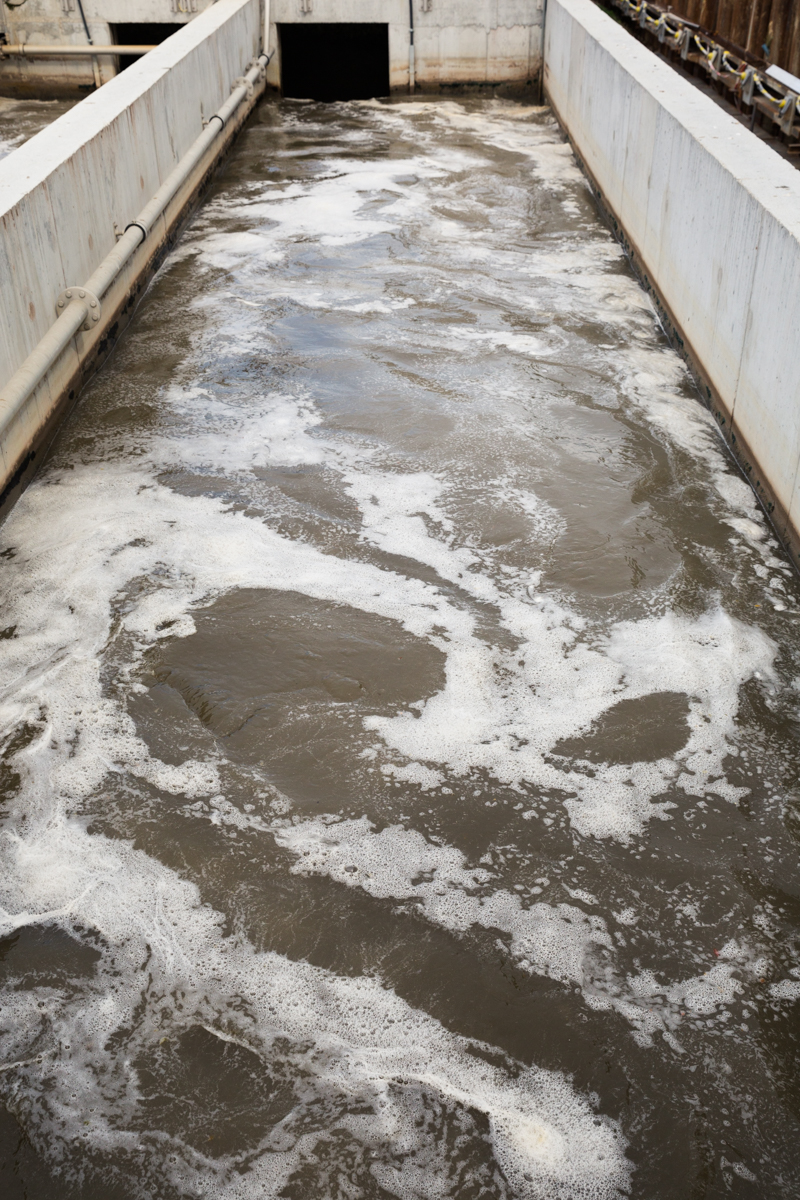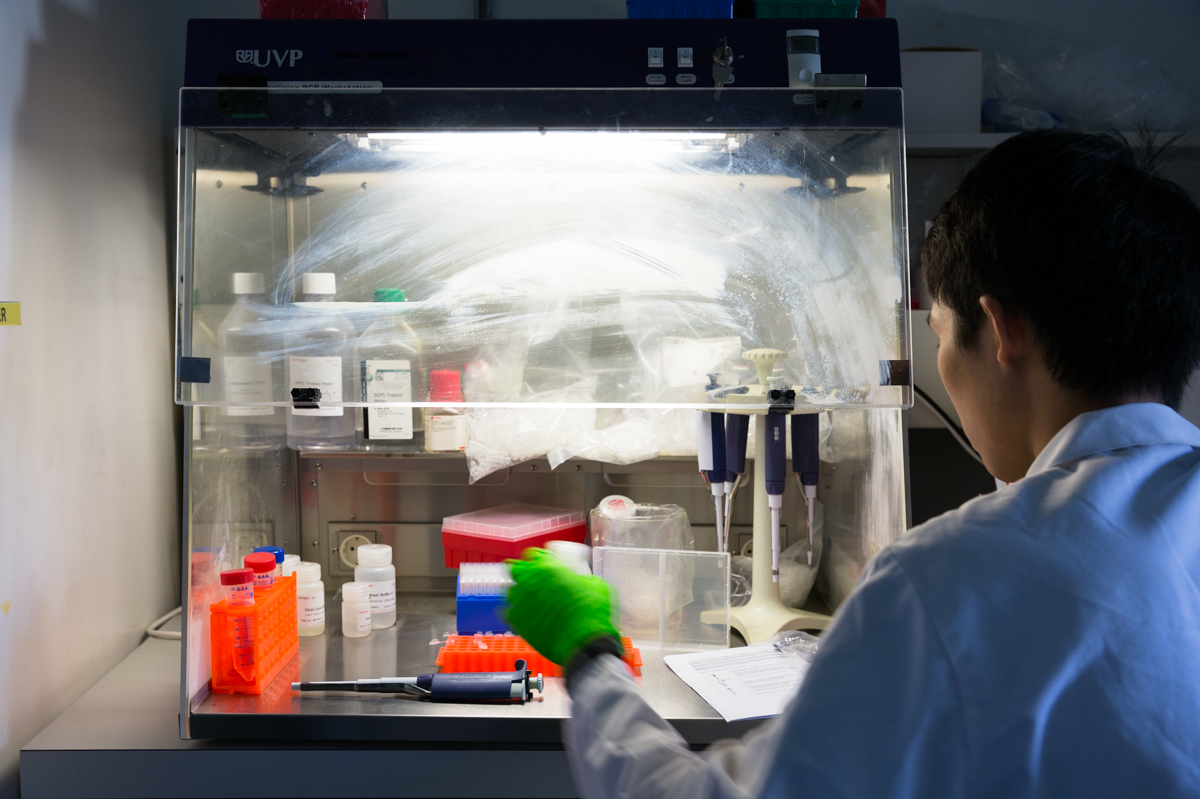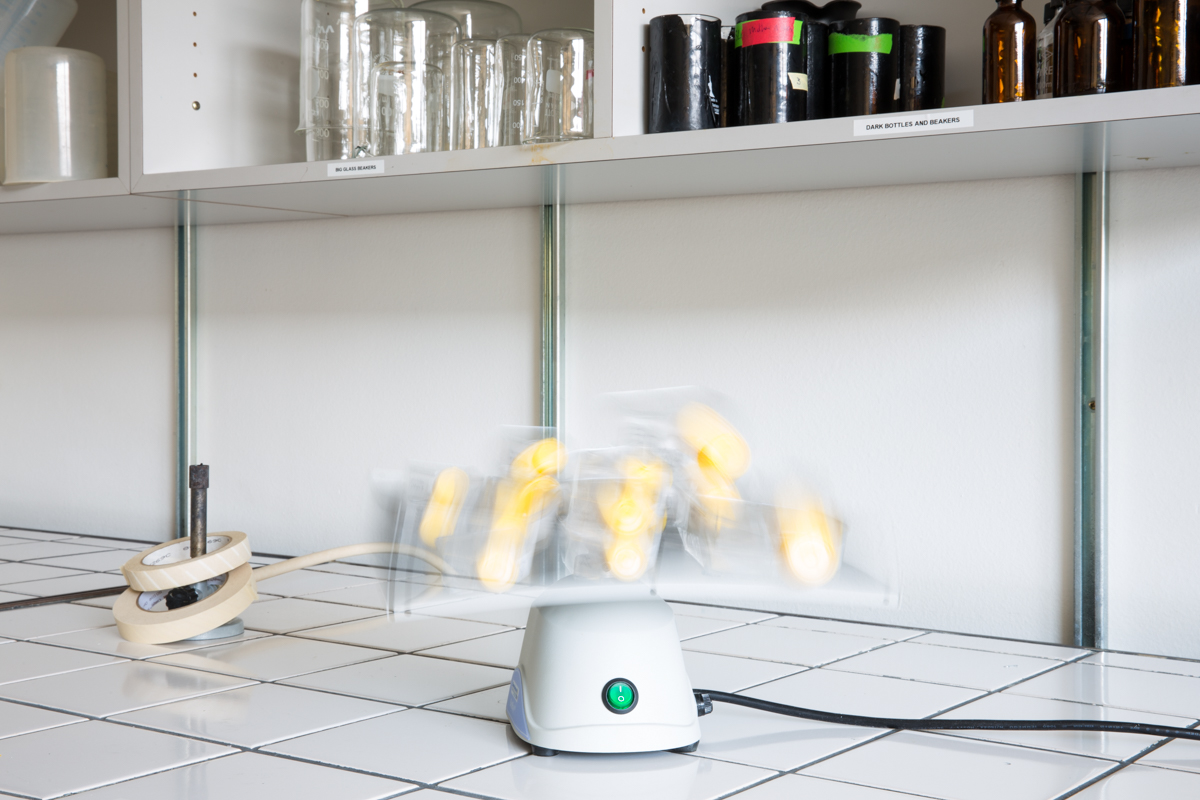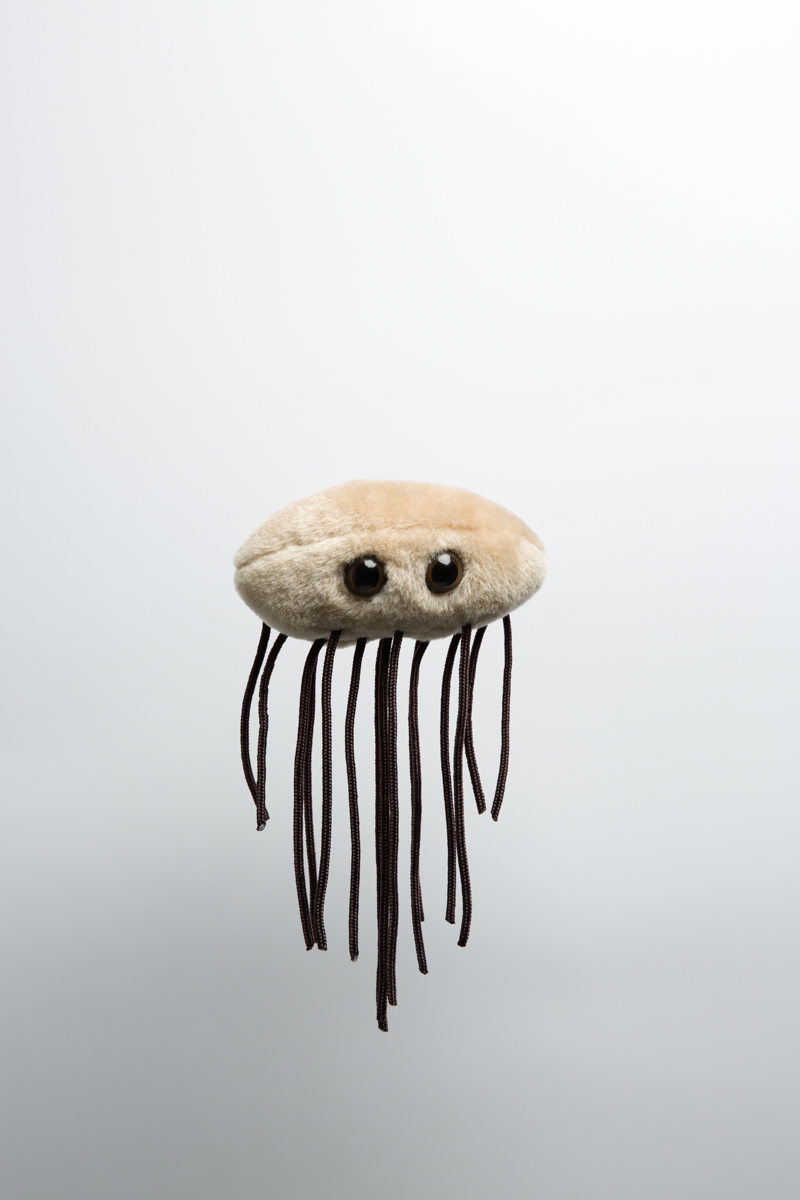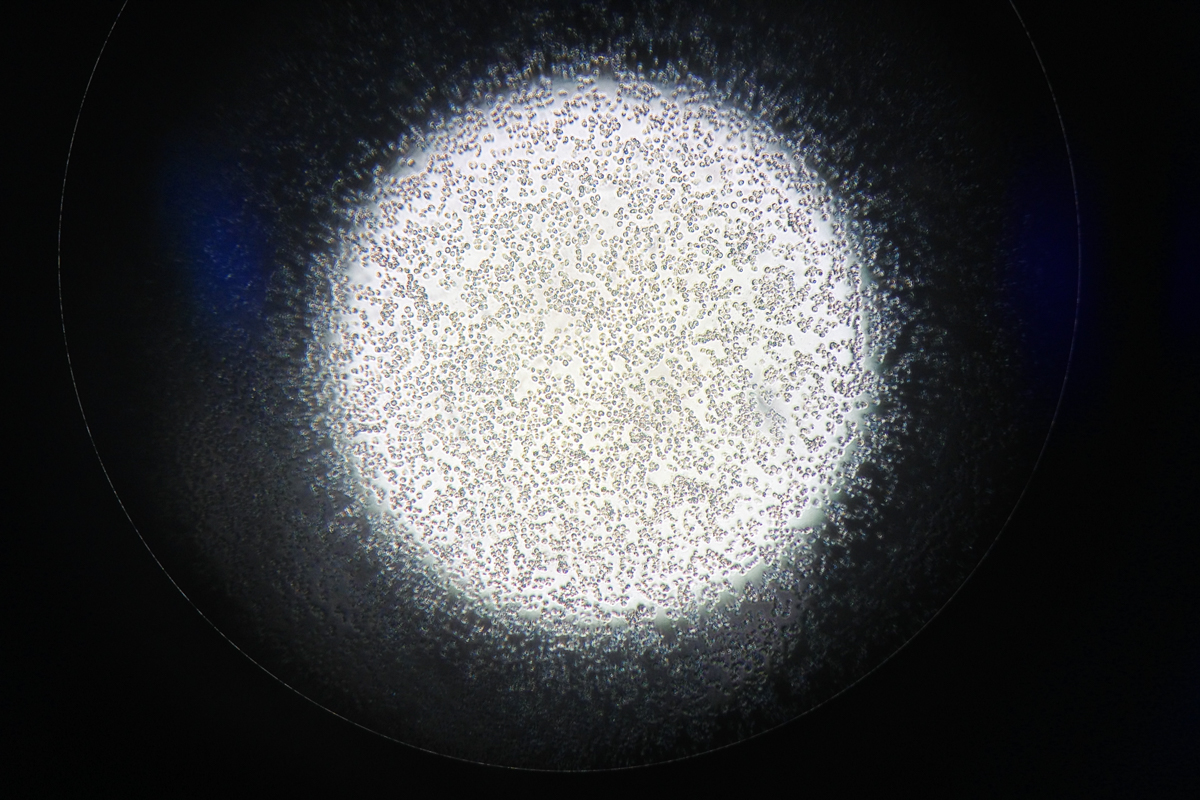ENVIRONMENTAL CHEMISTRY
6 March 2019
ENVIRONMENTAL CHEMISTRY
Prof. Tamar Kohn
“Enteric viruses (e.g., rotavirus) are frequently present in recreational water and drinking water sources. We study the fate of these viruses in the environment and during water treatment. Why can some viruses persist over months while other, similar ones quickly die off? Which viruses are easily disinfected and which ones are resistant?”

